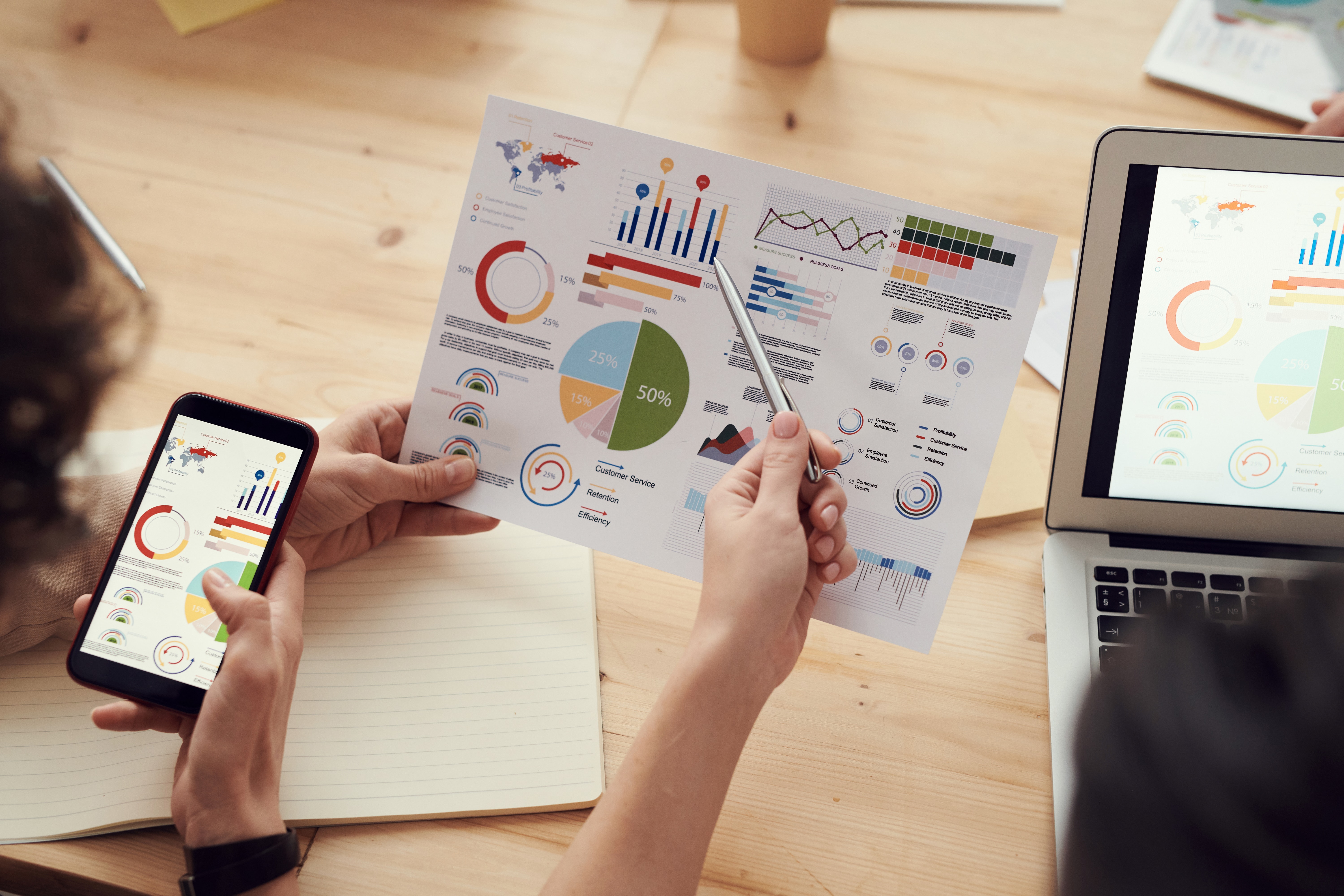Long-Term Success Requires Strategic Business Forecasting
Strategic Business Forecasting

What is strategic business forecasting?
Strategic business forecasting is the process of predicting future trends and opportunities using data and analysis and planning accordingly. Businesses can position themselves to capitalize on emerging trends, stay ahead of competitors, and achieve sustainable growth by taking a long-term approach to planning.
In this article, we'll look at the importance of strategic business forecasting, the components of a successful forecasting strategy, and how businesses can use data and analytics to make informed decisions that will help them succeed in the long run.
Why is Strategic Business Forecasting Important?
Strategic business forecasting is necessary for any organization seeking long-term success. Businesses can make informed decisions about future investments, product development, and expansion opportunities by anticipating changes in the market, industry, and customer preferences.
Furthermore, forecasting assists businesses in identifying potential risks and challenges, allowing them to address issues before they become major issues. For example, if a company anticipates a decrease in demand for a specific product, it can adjust production levels, reduce inventory, and focus on developing new products or services to meet changing customer needs.
A Successful Forecasting Strategy's Elements
While each company's forecasting strategy will be unique, the following key elements are required for success:
Data gathering and analysis: In order to make accurate predictions, businesses must gather and analyze relevant data from a variety of sources. Internal data, such as sales and inventory records, can be included, as can external data, such as market research and economic trends.
Key driver identification: Companies must identify the key drivers that influence their operations, such as customer demand, supply chain disruptions, and regulatory changes. Businesses can develop more accurate forecasts and make better resource allocation decisions by understanding these drivers.
Scenario planning: Because forecasting is inherently uncertain, businesses must plan for a variety of possible outcomes. Scenario planning entails creating multiple forecasts based on various assumptions and scenarios, allowing businesses to identify and prepare for the most likely outcomes.
Collaboration and communication: Forecasting should include input from a variety of stakeholders, such as the finance, marketing, operations, and sales teams. Effective collaboration and communication are required to ensure that everyone is on the same page with the company's objectives and that the forecasting strategy is integrated with the overall business strategy.
Forecasting Using Data and Analytics
The quality of the data and analysis used to inform decision-making is critical to the success of strategic business forecasting. Businesses must use advanced analytics tools and techniques to make sense of the data and generate insights as they collect more data from a variety of sources.
Businesses can use several types of analytics to help with forecasting:
Descriptive analytics is the process of analyzing historical data to determine what happened in the past. This type of analysis is critical for detecting trends and patterns that can be used to inform future forecasting models.
Predictive analytics entails making predictions about future outcomes using statistical models and machine learning algorithms. This type of analysis is especially useful for forecasting demand, identifying customer preferences, and forecasting the impact of external factors like economic trends and regulatory changes.
Prescriptive analytics is the use of optimization algorithms and simulation models to determine the best course of action in a given scenario. This type of analysis is especially useful for determining the most efficient resource use, optimizing supply chain operations, and developing pricing strategies.
Businesses can develop more accurate and comprehensive forecasting models by leveraging these types of analytics, resulting in more informed decision-making and greater long-term success.
Walmart's Forecasting Strategy Case Study
Walmart is an excellent example of a company that has successfully forecasted using data and analytics. From sales and inventory records to customer behavior and preferences, the retail behemoth collects massive amounts of data on its operations.
Walmart employs a team of data scientists and analysts who use a variety of analytics tools and techniques to create accurate and comprehensive forecasts. Walmart's forecasting strategy consists of the following components:
Walmart's forecasting strategy includes collaboration across all departments and levels of the organization. Input from store managers, merchandisers, and supply chain teams, as well as data scientists and analysts, is included.
Walmart uses real-time data to inform decision-making, allowing it to respond quickly to changing market conditions and customer preferences. This includes information from POS systems, social media, and weather forecasts.
Walmart employs machine learning algorithms to create predictive models that identify patterns and trends in customer behavior, inventory management, and pricing strategies.
Walmart employs demand forecasting models to predict customer demand for products, allowing them to optimize inventory levels and avoid stockouts.
Walmart creates multiple forecasts based on various scenarios, such as changes in customer behavior, supplier disruptions, and economic trends. This enables them to identify potential risks and opportunities and develop appropriate contingency plans.
Walmart has been able to achieve significant long-term success as a result of its forecasting strategy, including maintaining its position as the world's largest retailer and expanding into new markets and product categories.
Conclusion
Strategic business forecasting is crucial for long-term success, and businesses can greatly benefit from implementing effective forecasting strategies. By leveraging data and analytics, companies can make informed decisions, capitalize on emerging trends, and stay ahead of their competitors.
WOWS Global is a leading expert in strategic business forecasting and can assist businesses in achieving their growth objectives. Our team of experienced professionals is well-versed in data gathering, analysis, and advanced analytics techniques. We have a proven track record of helping businesses develop accurate and comprehensive forecasting models that drive strategic decision-making.
To connect with WOWS Global and learn more about our services, please reach out to us at advisory@wowsglobal.com. We are committed to providing exceptional guidance and support to businesses looking to enhance their forecasting capabilities and achieve long-term success.
